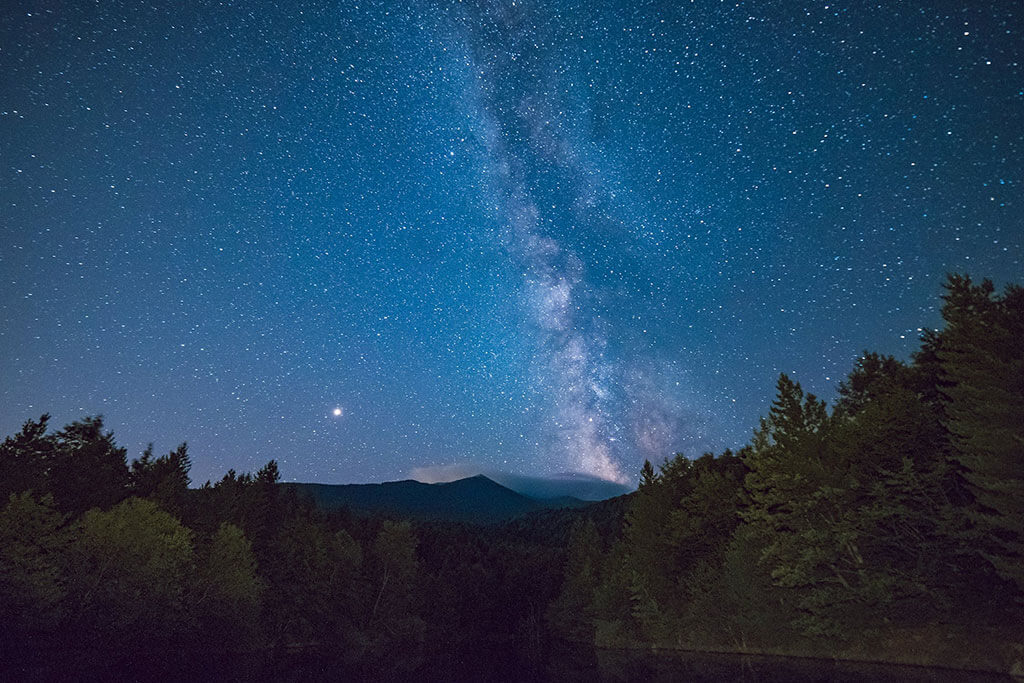
5
October
UofT: Helen Sawyer Hogg Distinguished Visitorship Public Lecture
Join Prof. Sheila Rowan—Director of the Institute for Gravitational Research in the School of Physics and Astronomy in the University of Glasgow—as she presents a free public lecture Gravitational Waves, a New Astronomy

8
October
OSC: A Weekend of Astronomical Adventures
Become a space traveller and embark on a unique experiential journey of the cosmos from the comfort of your own seat!

12
October
Recreational Astronomy Night
Join us for our monthly recreational astronomy night meeting. This is where our members get to show their latest projects, or give tutorials and tips on just about everything to do with Astronomy. Talks start at 7:30, socializing starts at 7:00.

2
November
Speaker's Night: Forecasting Ontario’s Weather
From tornadoes to snow squalls, from heat waves to freezing rain...Ontario experiences 4 full seasons of weather. Environment Canada meteorologist Geoff Coulson will discuss the various technologies available to the forecasters of the Ontario Storm Prediction Centre and the challenges that forecasting different types of weather can pose. The explosion of the Internet in recent years has also made a lot of weather information freely available. Geoff will also touch on some useful websites/apps that can allow the amateur meteorologist to stay one step ahead of the weather.

9
November
Recreational Astronomy Night
Join us for our monthly recreational astronomy night meeting. This is where our members get to show their latest projects, or give tutorials and tips on just about everything to do with Astronomy. Talks start at 7:30, socializing starts at 7:00.

15
November
RCIScience: 2016 Fleming Medal and Citation
Join RCIScience on Tuesday, November 15th for an evening celebrating excellence in science communication as they honour Ivan Semeniuk, with the 2016 Fleming Medal and Citation from the Royal Canadian Institute for Science. The award recognizes Ivan’s outstanding contributions to the public understanding of science.

23
November
Speaker's Night and Annual Meeting: Exoplanetary update: Proxima Centauri b
Paul Delaney will summarize the state of exoplanetary research and look at the likelihood of exploring the Proxima Centauri star system in the relatively near future.

27
November
RCIScience/RASC Lecture: Travelling to an Asteroid
The OSIRIS REx spacecraft has an ambitious mission – to travel to an asteroid, land, grab some samples and return. How difficult was it to plan a mission like this? What can we hope to learn about our own past by studying these ancient citizens of the solar system?

5
December
TIFF: Trek Talks: Mae Jemison on Star Trek and the Future
Astronaut, physician, and chemical engineer Dr. Mae Jemison participates in an on-stage conversation on the interplay between arts and science, and how sci-fi as a genre can carve out a space for often-excluded voices.

7
December
Recreational Astronomy Night
Join us for our monthly recreational astronomy night meeting. This is where our members get to show their latest projects, or give tutorials and tips on just about everything to do with Astronomy. Talks start at 7:30, socializing starts at 7:00.
